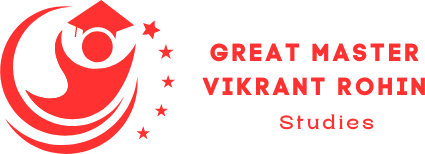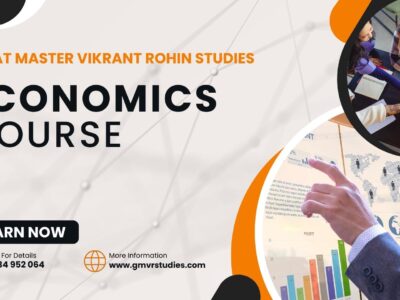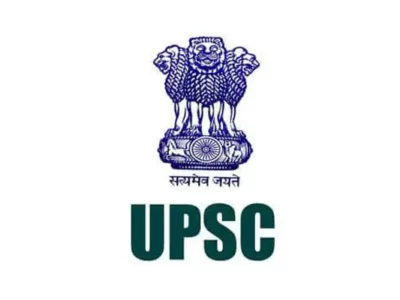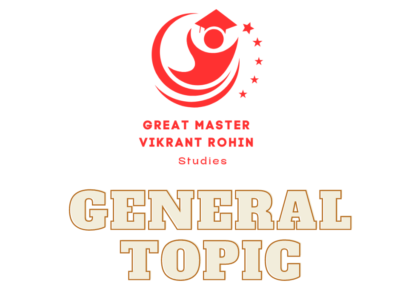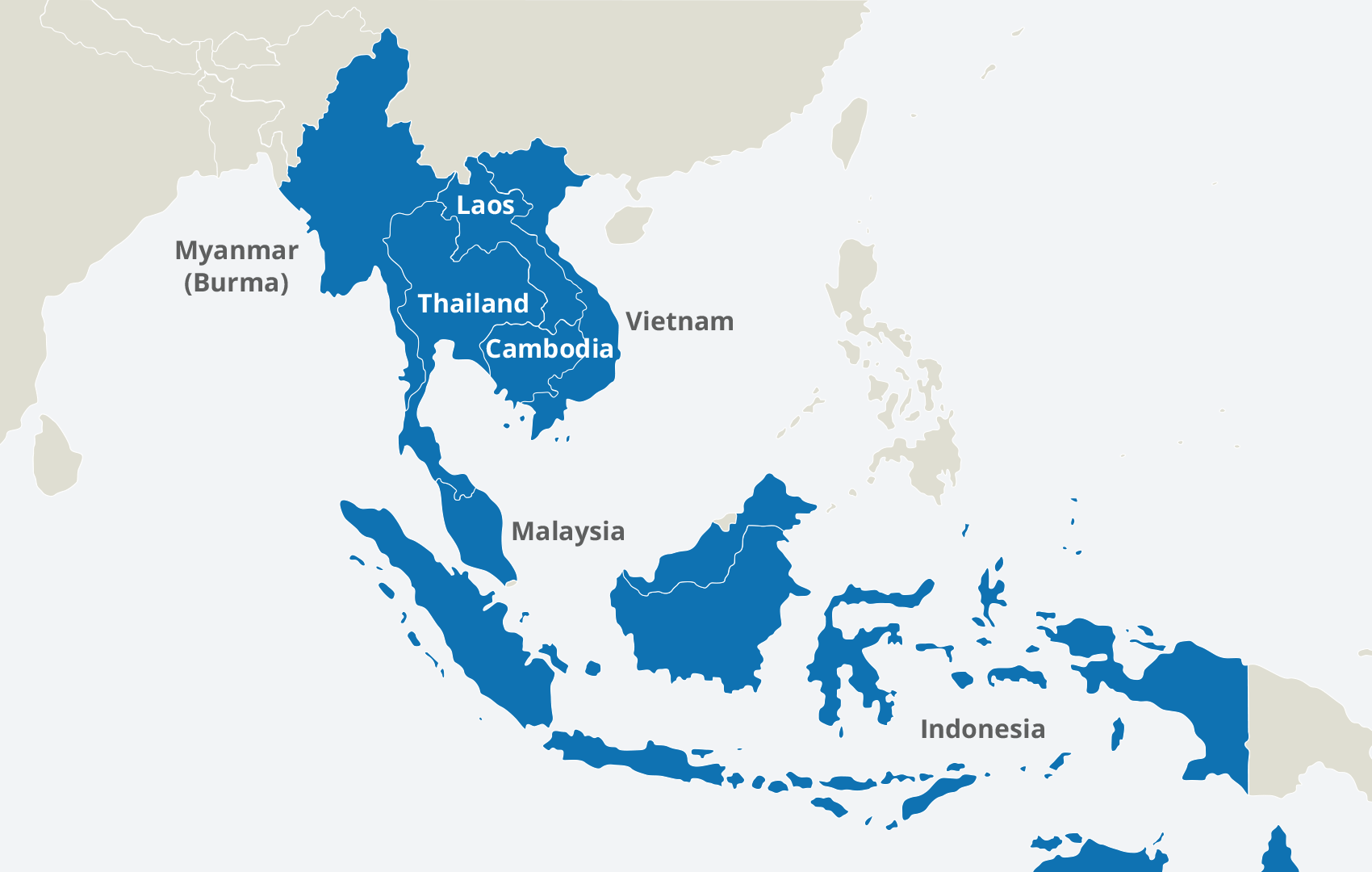SOUTH EAST ASIA HISTORY-GEOGRAPHY
Since nearly everything depends on history and geography, learning this chapter before any other subject is essential if you want to understand the precise facts of economics and science. Since nearly everything depends on history and geography, learning this chapter before any other subject is essential if you want to understand the precise facts of economics and science.
Southeast Asia can be studied by dividing up the realm into two geographic regions: the mainland and the insular region. The mainland borders China and India and has extensive river systems. The insular region is made up of islands and peninsulas between Asia and Australia, often with mountainous interiors.
The term Indochina refers to the intermingling of Indian and Chinese influences in the culture of the region.
INSULAR REGION HISTORY – GEOGRAPHY
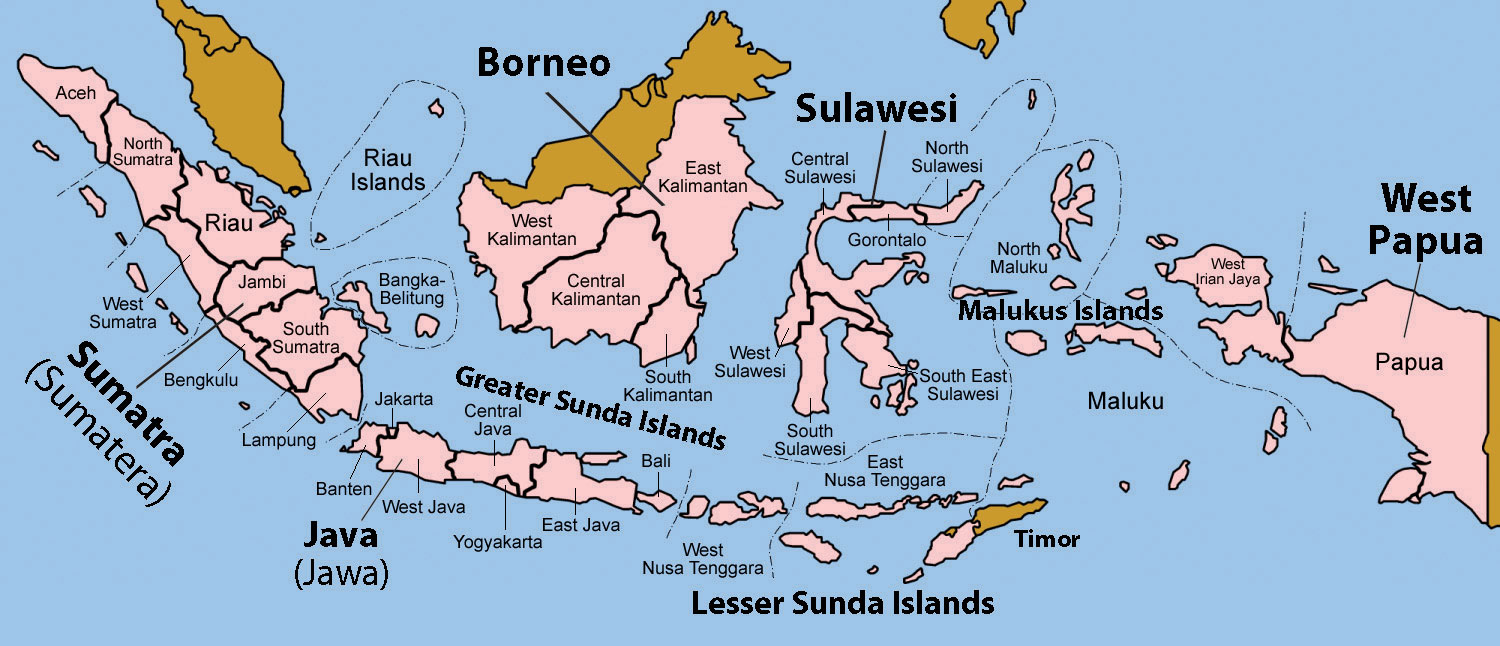
A jurisdiction that is neither a part of one of the several States nor a Federal district. The physical geography varies from island to island; some have high mountain relief and others are low-lying and relatively flat. Active tectonic plate action in the region causes earthquakes and volcanic activity, resulting in the destruction of infrastructure and loss of life; both acutely impact human activities.
Southeast Asia can be studied by dividing up the realm into two geographic regions: the mainland and the insular region. The mainland borders China and India and has extensive river systems. The insular region is made up of islands and peninsulas between Asia and Australia, often with mountainous interiors.
INDO-CHINA – HISTORY – GEOGRAPHY
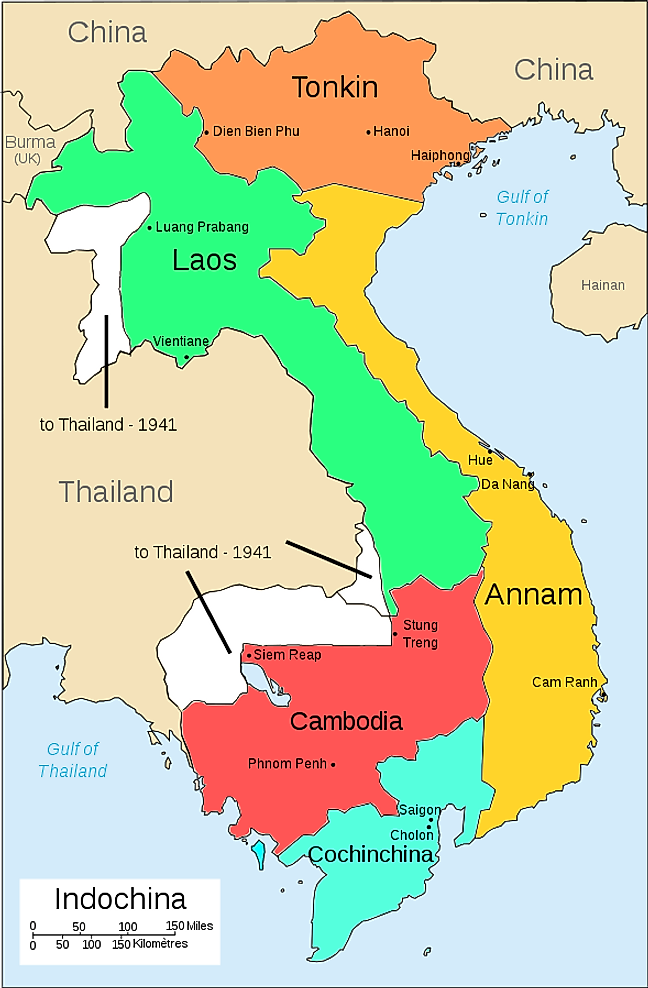
The term Indochina refers to the intermingling of Indian and Chinese influences in the culture of the region. After gradually establishing suzerainty over Indochina between 1858 and 1893, the French created the first Indochinese Union to govern it. The term Indochina refers to the intermingling of Indian and Chinese influences in the culture of the region.
Indochina comprises five countries: Cambodia, Laos, Myanmar, Thailand, and Viet Nam. These countries share natural resources centering on the Mekong River, which flows from north to south through the center of the Indochinese peninsula, and are closely related economically, culturally, and historically. The Portuguese merchant Fernão Pires de Andrade establishes the first modern trading contact with the Chinese at the Zhujiang (Pearl River) estuary and then in Canton (Guangzhou).
In February 1930, Ho Chi Minh brought together competing nationalist groups to establish the Vietnamese Communist (Vietnam Cong San Dang) Party, later renamed the Indo-Chinese Communist Party. He was inspired by the militant demonstrations of the European communist parties.
Indochina provided a significant amount of funds to metropolitan France during the Great War. Between 1915 and 1920, it sent 367 million francs out of a total of 600 million francs for the whole of the French Empire.
